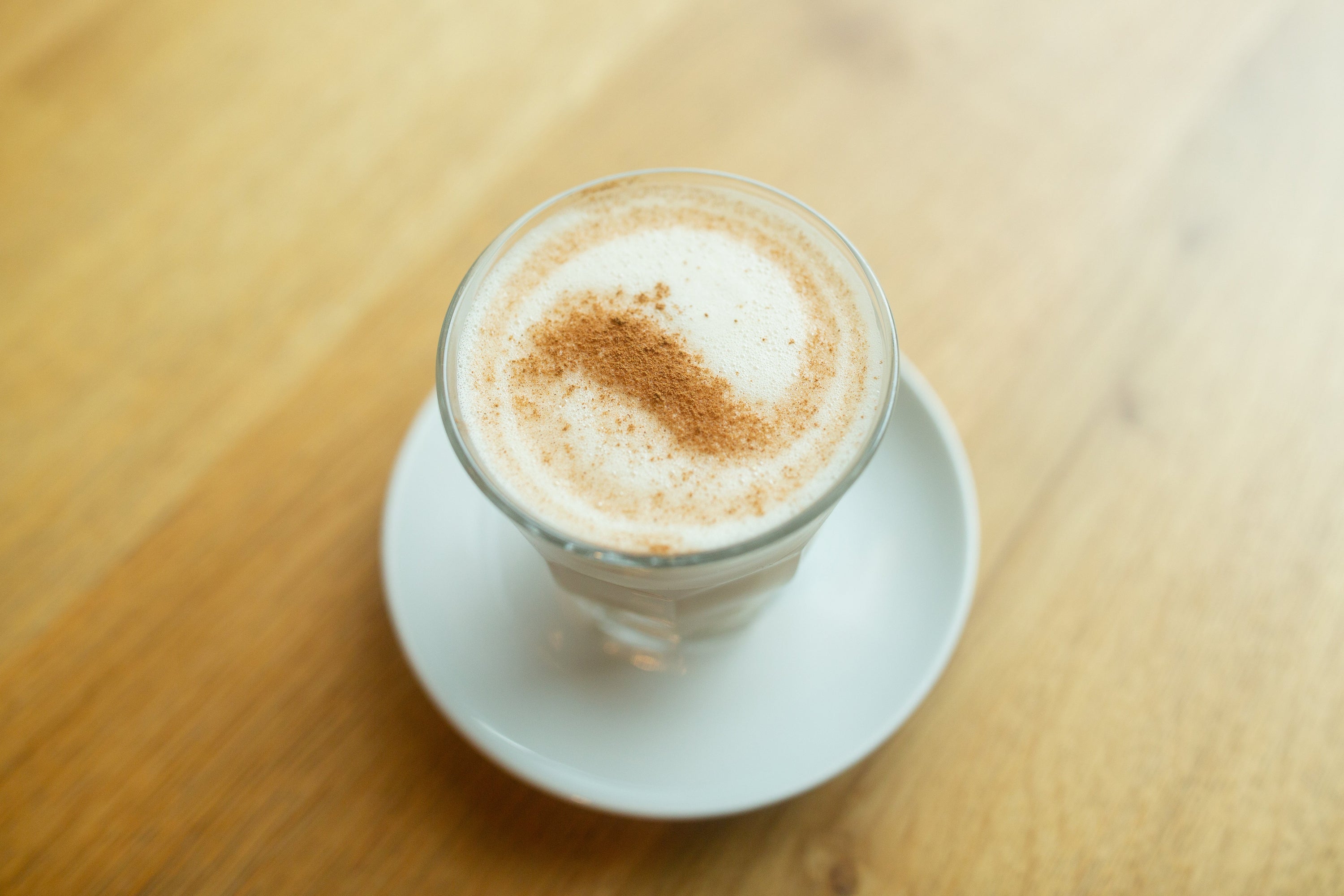The popular Indian drink "masala chai," Hindi for "spiced tea" (yes, you said "tea"), is a warming milk tea infused with a blend of aromatic spices. Originally used as an Ayurvedic medicine, the spices were combined for their individual health benefits to treat a range of ailments and diseases. However, the modern "chai latte" is a comparatively new concept, dating back to the British colonial period in India in the early 19th century.
A brief history of Masala Chai
China was the leading tea importer in Europe at the time. When the British discovered Assam tea plants in northeastern India, they took this as an opportunity to challenge China's monopoly on the market.
The British East India Company began growing tea to sell commercially in the early 1800s, but the tea was expensive and did not appeal. This led to intensive propaganda and marketing efforts, which included instructions on how to make a cup of tea with milk and sugar.
Inspired by Ayurvedic practices and to make the drink more affordable, chaiwalas (tea merchants) gradually began to deviate from these instructions, adding spices and being more generous in the addition of milk.
The evolution of chai preparation
In Ayurvedic practice, the method of preparation could vary depending on what medicinal purpose it served. Common basic ingredients for chai include cardamom, black pepper, cinnamon, cloves, and ginger - this is by no means an exhaustive list. The spices were steeped in hot water to bring out their health benefits, and finally buttermilk was added to stimulate digestion.
It was not until the mid-nineteenth century, when the Chaiwalas, on behalf of the British East India Company, got creative and added extra milk and spices to their loose tea. This allowed them to cut costs, as tea was still very expensive and usually only available to the elite, and the addition of spices meant that flavor did not have to be sacrificed.
In the mid-twentieth century, the mechanization of tea production made tea increasingly affordable. The CTC (crush, tear, curl) method is still a popular process today, where tea is processed into granules or pellets. Its strong, tannic flavor harmonizes with the spices, sweetness and creamy body.
How to make it
Another common way to prepare chai is in the form of syrup, which is how we do it at 19grams. We have a carefully crafted blend of spices and black tea, steamed with (alternative/)milk by an experienced barista and topped with a generous pinch of cinnamon.
Where can you buy it?
There are many recipes you can use to make your own chai, but here are a few good options to get you started:
Black Sense Organic Chai Syrup
Prana Chai




